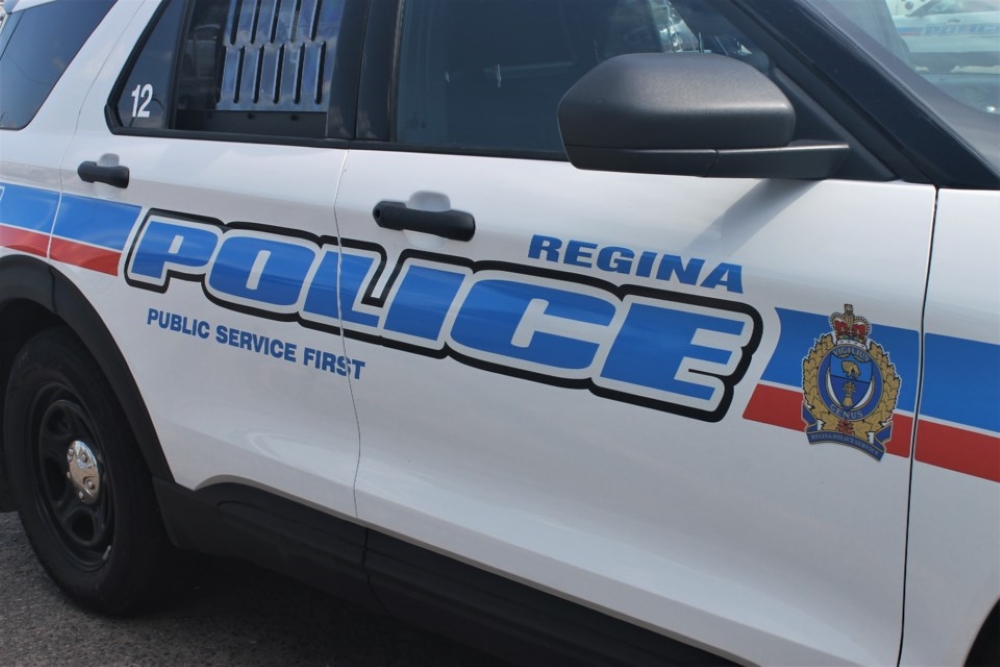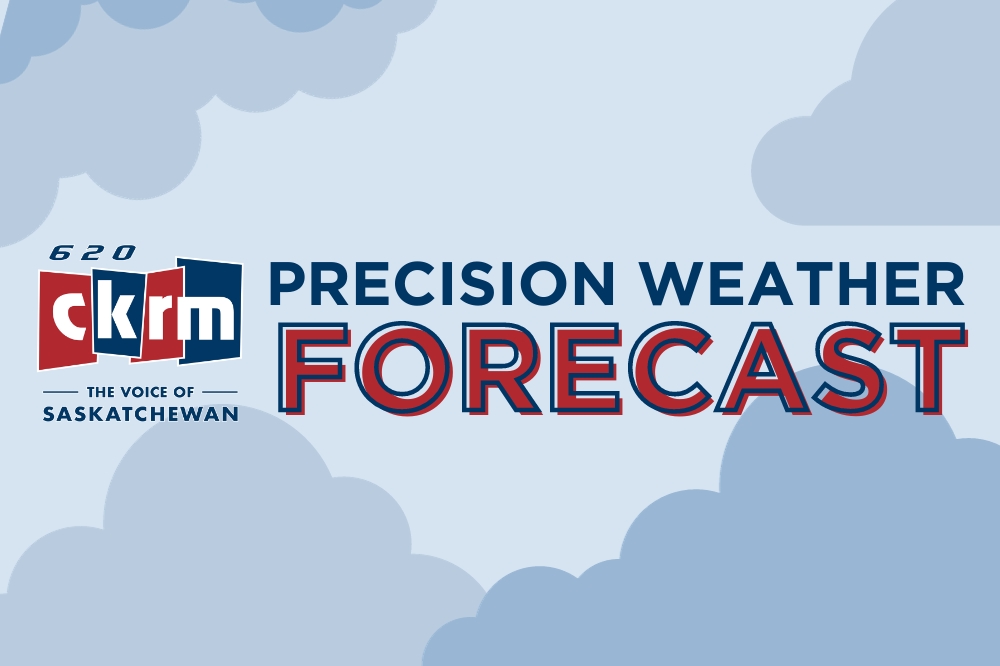REGINA — Using your helmet is using your head, at least when it comes to ATV safety, is a message from the Saskatchewan All Terrain Vehicle Association this summer.
“Protecting your head is one of the most important things you can do to help ensure a great ATV experience,” says John Meed, General Manager of SATVA.
“Wearing a helmet will help prevent a brain injury in the event of an accident, and may even save your life.”
Helmets are proven to reduce the risk of serious injury and death, as any impact is absorbed by the helmet, and not your head or brain. ATV rollovers where riders were not wearing a helmet have been particularly dangerous, according to Statistics Canada data.
A helmet not only helps to prevent serious injury, but it also shields your head from gravel, dirt, and other material flung up by the tires of riders ahead of you on the trail, or even your tires.
And here in Saskatchewan, all ATV riders – including passengers – are required to wear a helmet, and also goggles if the helmet doesn’t have a face shield, on public property or on property that the rider does not own. This includes side by sides. ATVs are designed for off-road use on uneven terrain, such as dirt, mud, grass or gravel. Four-wheelers and tracked ATVs, mini-bikes, all-terrain cycles and dirt bikes are all examples of ATVs.
To drive an ATV on public land in Saskatchewan, riders must also be at least 16 years old and hold a valid driver’s licence. Anyone without a licence must be at least 12 years old and must have passed an approved ATV training course, and be accompanied by a person who holds a driver’s licence.
A safety course is a good idea for any new rider or an experienced rider who wants to refresh their skills. There are ATV instructors all over Saskatchewan.
When choosing your helmet, it’s important to ensure it fits properly. One that doesn’t fit isn’t going to provide the protection you need when out on the trails. It needs to fit snugly on your head, and not shift about when you move your head up and down or side to side. You shouldn’t be able to squeeze a finger between the helmet and your forehead without trouble. When you wiggle the helmet with your hands, you should wiggle your cheeks as well.
It’s always a good idea to try on several different sizes to get the best fit. And unlike protective clothing, there are no gender-specific fitting needs. The most important thing is that it fits right, whether for an adult, a youth or a child.
If you ever are in an accident and your helmet gets impacted, it should be replaced, even if there are no visible signs of damage as its lining or other parts may have been damaged. “Helmets must also be replaced after five years,” added Meed. “The material degrades over time, and although a helmet may look the same, it won’t necessarily provide the protection your head and brain need in the event of a crash.”
While there are various types of helmets available for ATVers, the best option is one with a full-face helmet. Off-road or motocross helmets offer the greatest amount of protection to the face, with increased protection for the face, mouth and chin.
Now that you’ve been outfitted with the perfect helmet, it’s time to hit the trail! And as always remember to Ride Safe, Ride Smart. Put your head first and wear a helmet.
For more information, contact John Meed at (306) 541-8427 (cell) or email








